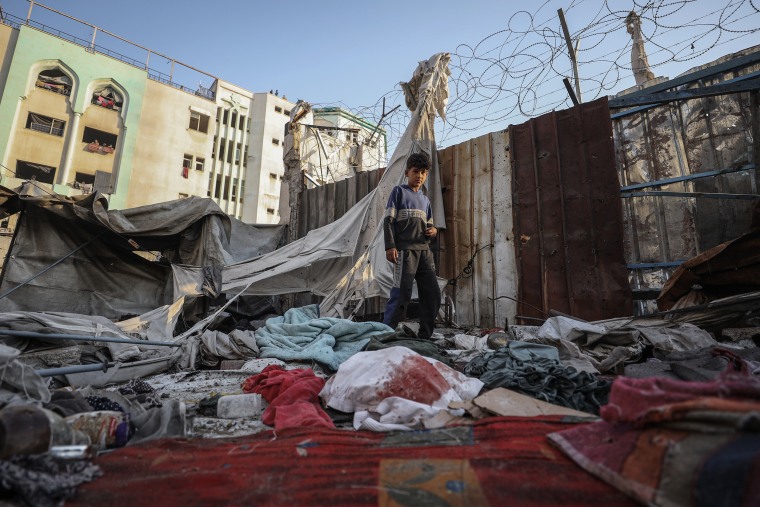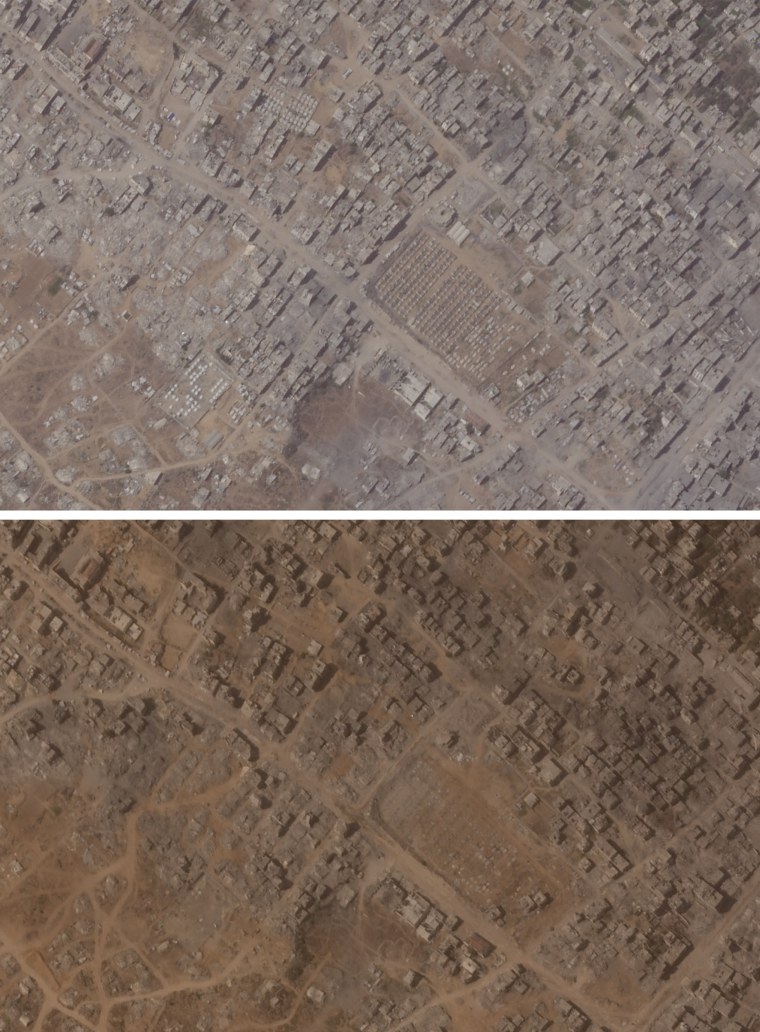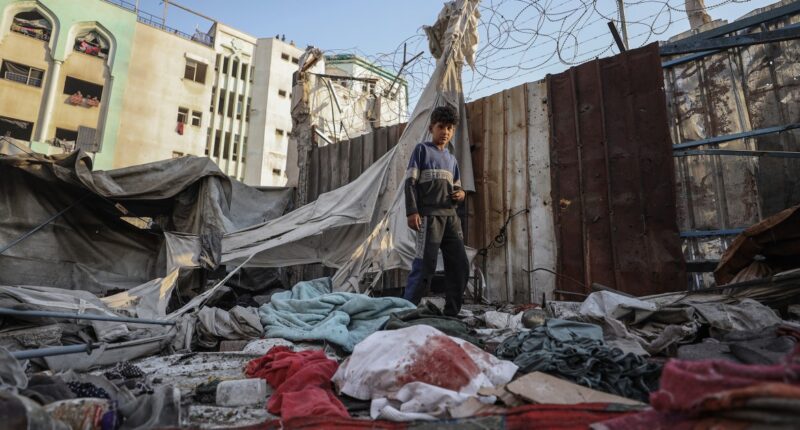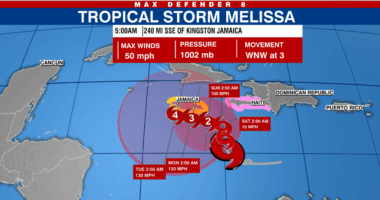Share this @internewscast.com
Israel has greenlit a plan to seize control of Gaza City, calling up 60,000 reservists for its broadened military actions in the restricted Palestinian area.
Despite widespread international backlash and attempts to negotiate a ceasefire, this U.S. ally seems to be advancing into a new phase of conflict.
The defense plans, confirmed by a spokesperson for Defense Minister Israel Katz, also involve extending service for an additional 20,000 reservists, as the Israeli military outlined on Wednesday.
This military offensive is expected to displace thousands of Palestinians from northern Gaza to the southern region, which is grappling with severe hunger due to ongoing military actions and restricted aid.
Recently, numerous casualties, including many children, have succumbed to starvation, as reported by the Palestinian health ministry within the region.
Apart from international dissent, significant protests have erupted locally, with more Israelis calling for an end to military operations in the enclave.
Hundreds of thousands staged furious demonstrations last weekend alongside a general strike, fueled in part by fears that the planned Gaza City assault could endanger the lives of remaining hostages.
Katz, who replaced Yoav Gallant as defense minister last year, was on Tuesday holding a discussion to approve “strike plans in Gaza” with Israel Defense Forces Chief of Staff, Lt. Gen. Eyal Zamir and other senior defense officials, the defense ministry had said.
The announcement of the expanded military operation comes after Israel appeared to shrug off announcements that Hamas had agreed to the latest proposal from Arab mediators for a ceasefire deal in Gaza that would free hostages who remain held in the enclave.
Egyptian Foreign Minister Badr Abdelatty told NBC News on Tuesday that the deal was based on a proposal by President Donald Trump’s Middle East envoy, Steve Witkoff, for a 60-day ceasefire, during which some of the remaining 50 hostages, both alive and dead, would be released with plans to negotiate a lasting ceasefire and the return of the rest.
“The ball is now in Israel’s court,” he said, adding: “We would like a positive response from them as soon as possible in order to deal with the disastrous situation in Gaza, especially the starvation and the killing of civilians.”

Asked about the development, a spokesperson for Israeli Prime Minister Benjamin Netanyahu’s office referred NBC News to a statement the Israeli leader made Monday suggesting he was determined to push ahead with the plan to assume full control of Gaza City and noting that Hamas appeared to be “under immense pressure.”
Asked if they could confirm reports that Israel would provide a response to international mediators on the proposal by Friday, the spokesperson said “no” and did not provide further clarification.
New satellite imagery suggests that a number of people have already begun to flee the area of Gaza City in recent days ahead of Israel’s advance, with the country’s plan to push civilians living in the area into the enclave’s south condemned by rights groups.
Imagery captured on August 16 shows sites just south of Gaza City are seemingly barren, having been packed with what appear to be tent camps just days before, on August 9.

Israel launched its offensive in Gaza following the Hamas-led attacks on Oct. 7, 2023, in which some 1,200 people were killed and around 250 taken hostage, marking a major escalation in a decadeslong conflict.
Since then, more than 62,000 people have been killed in Gaza, including thousands of children, according to the Palestinian health ministry in the enclave, with much of the territory destroyed.
















